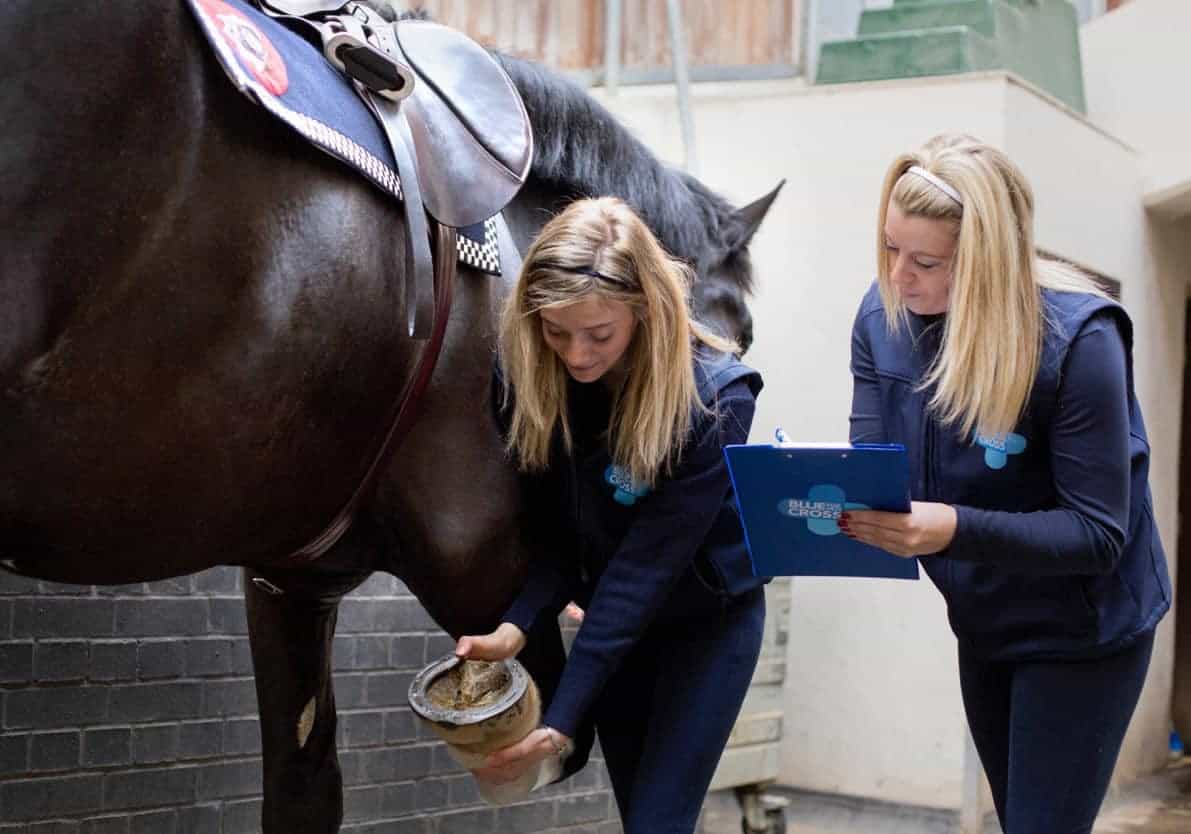Survey says we need to rethink lameness

Every horse owner knows the proverb, ‘no foot, no horse’, but the 2015 National Equine Health Survey (NEHS) has revealed we may need to rethink lameness.
Limb lameness
The survey, which looked at 15,000 horses, ponies, donkeys and mules in the UK, discovered lameness is three times more likely to be caused by thelimb than the hoof, as previously thought.
Results found 13.5 percent suffered lameness due to conditions such as osteoarthritis, also known as degenerative joint disease, while foot lameness accounted for just 4.5 percent.
Josh Slater from the Royal Veterinary College, who is member of British Equine Veterinary Association (BEVA) Health & Medicines Committee, analysed the data.
“NEHS is now producing important evidence that is replacing subjective opinion,” said Josh. “While the lameness figures were initially surprising, given that the foot has been generally regarded as the main problem area, the fact that these figures have remained consistent over the past three years gives constructive credibility to the data.”
Health problems
Lamness was one of the six biggest health problems identified in the 2015 NEHS, which are consistent with findings in previous years. The other five are:
Skin diseases: 17.2 percent (sweet itch, mud fever and external parasites)
Back problems: 7 percent
Recurrent Airway Obstruction: 6.7 percent – this was the most common respiratory problem.
Laminitis: 6.4 percent
PPID (equine cushing’s disease): 6.4 percent confirmed or suspected.
Obesity on the rise
Obesity in horses is still on the rise with 23.2 percent of horses reported having a body condition score of 3.5-5. In 2014 just 16.9 percent of horses had the same score and this dropped to 7.8% in 2013.
Next year’s survey will look at the diseases associated with obesity such as equine metabolic syndrome and laminitis.
Blue Cross runs NEHS in May each year, in partnership with the BEVA. This year saw a 35 percent increase in participation compared to 2014.
Gastric ulcers
The survey also gives horse owners the chance to flag up health problems not already covered in the questionnaire.
“This year 11 percent of our free text answers mentioned gastric ulcers giving a valuable insight into the prevalence gastric ulcer syndrome in the principally leisure horse NEHS population,” said Gemma Taylor, education officer at Blue Cross. “As a result we will be adding new questions to the 2016 survey to help us find out more.”






